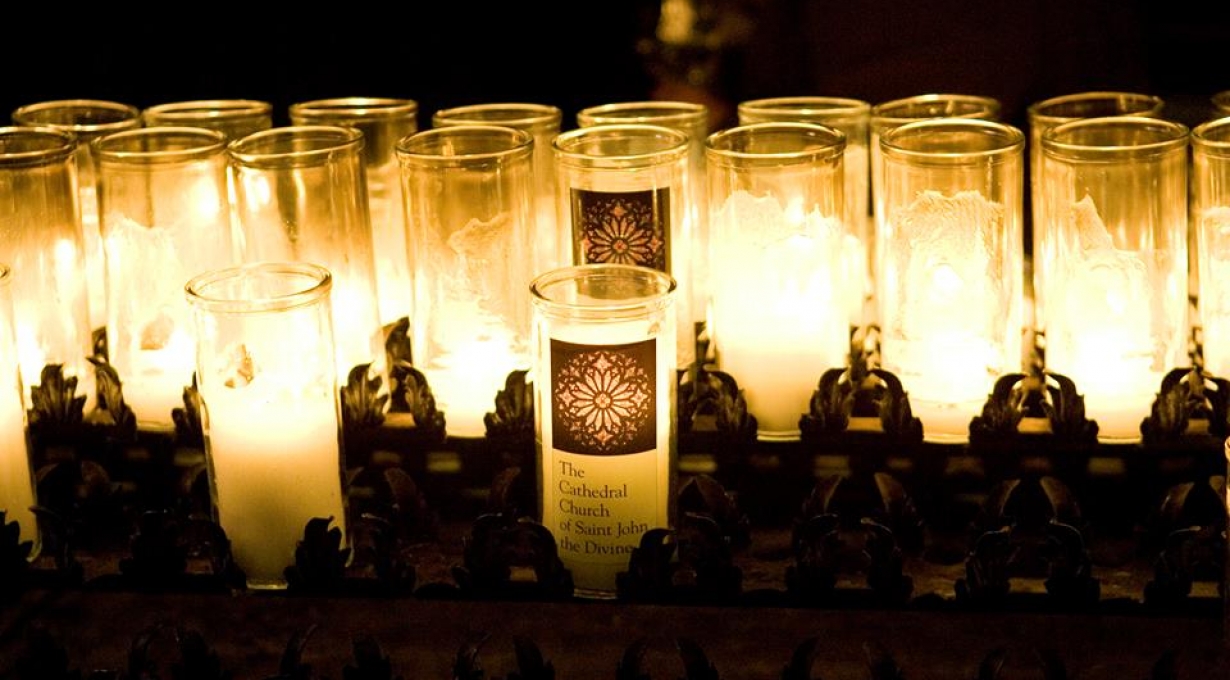An Advent Message from the Dean

As Advent and Christmas make their annual appearance, the themes of darkness and light, discouragement and hope, witness and withdrawal come to the fore of our thoughts.
There is no doubt that the present time is a dark season of disruption and discontent for our city, nation and world. The pandemic continues to plow its ragged furrow through individual lives and our social fabric; its attendant acolytes of death, economic disaster, unemployment, hunger, the inequities and sinfulness of racism, the misery that isolation wreaks on individual lives.
This is a dark time indeed as we begin the annual liturgical cycle, which begins in the darkness of Advent, waiting, followed by the light of Christmas and the power of liberation and witness in Epiphany.
Advent 2020 is that pandemic moment in which we are suspended between the “not yet” of suffering awaiting healing; the “not yet” moment of a broken time in our lives longing for a return to normalcy; the “not yet” moment of a weary and divided nation yearning to reclaim its values and traditions. The “not yet” moments are hard moments… we can see the vision of hope restored like the rush of cold water in a parched land.
Such dim moments are not, sadly, new in this world. In the dark year of 1942 Great Britain battled wearily against the evil of Nazism. In November of that year, Prime Minister Winston Churchill addressed a war-weary Parliament after many defeats and finally a long hoped-for victory in North Africa. A distant hope shimmered, and Churchill named it in this way: “Now this is not the end. It is not even the beginning of the end. But it is perhaps the end of the beginning.”
In many ways, Churchill’s words were spoken in a moment somewhat like ours today, though in very different circumstances. With this pandemic, we face not a visible enemy but an invisible and deadly one. After months of discouraging news of infection rates and exhausted first responders and grieving families and fears for our nation and the world and the future, a “not yet” moment has come with the appearance on the horizon of vaccines that will immunize and prevent the spread of this terrible virus. As it did for Churchill and the Allies in WWII, the day of victory will shed its light on our present gloom.
It is the “not yet” of Advent – when the weariness of struggle makes bodies and spirits flag and hope grows dim, that time when the night is darkest just before the breaking of the long-expected new day, when confidence fails and we begin to doubt.
In the words of the hymn “But lo, there breaks a yet more glorious day…” (Hymnal 1982, #287) is our present moment in which we see the hopeful moment our bodies and souls yearn for, and yet it remains just out of our reach…but close enough to give hope and courage.
We are in a moment when family patterns and traditions long cherished around the holiday seasons of Thanksgiving and Christmas will, this year, be disrupted or disappear.
On the heels of the Advent “not yet,” the light of Christmas hope floods into the now of our lives in this shadowy time. Once again we repeat the old, old story of the glorious day of God’s light breaking into our lives: “…the crooked roads shall become straight, the rough ways smooth,” (Luke 3:5, Isaiah 40:4), broken community rebuilt, old wounds healed, the hungry fed, the naked clothed, human dignity renewed, justice and peace restored, God and humankind reconciled, hope become visible. That is the glorious vision of Advent and confidence in that vision incarnate and reaffirmed in the birth of the Savior.
Even in this shadowy time, we can reaffirm the vision of St. John the Divine for a recreated world, and the hope of Luke and Isaiah for the active presence of God’s loving intention for all people and every person. Even now, we can be merry and hopeful, for that is the way of placing our trust in God and God’s loving intention for all people, every person and the whole of creation. Alleluia!